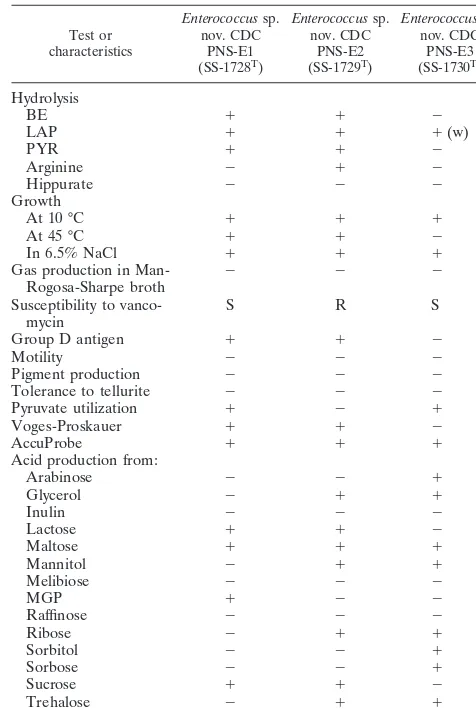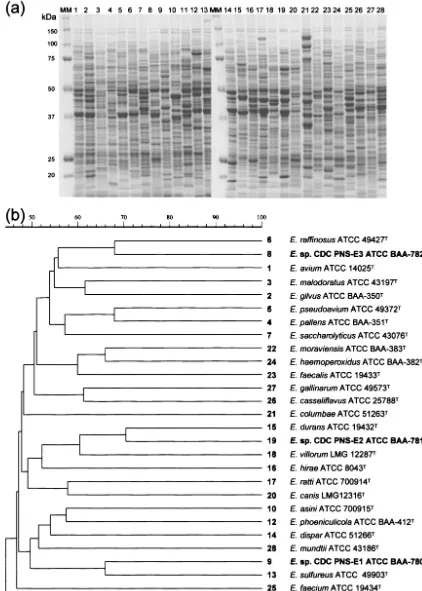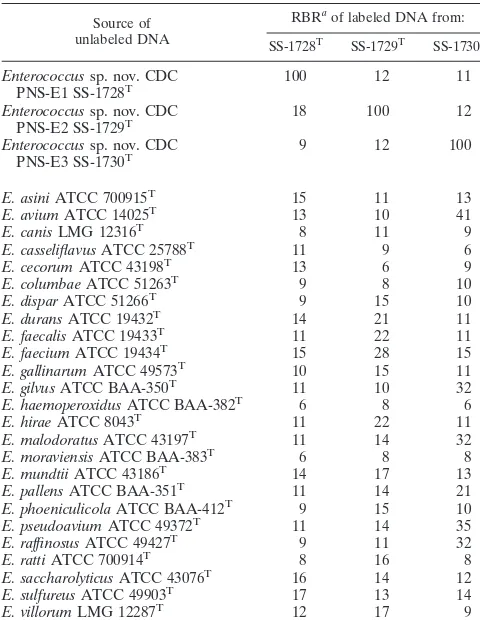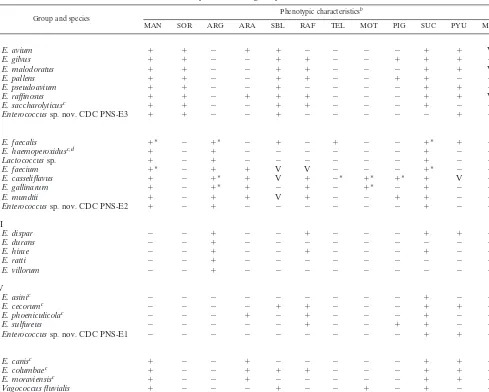Characterization of Three New Enterococcal Species, Enterococcus sp nov CDC PNS E1, Enterococcus sp nov CDC PNS E2, and Enterococcus sp nov CDC PNS E3, Isolated from Human Clinical Specimens
Full text
Figure




Related documents
Trade always increases a country’s welfare in a two-sector model in which the agricultural sector has constant returns to scale and average cost in the manufacturing
The hardware of the PEM fuel cell is developed at NCL, Pune, and a boost converter circuit is designed for R = 40Ω, L= 40 mH and C = 4µF.The input voltage of 20 V is fed to the boost
This paper applies a nonparametric model to estimate and compare EQ-5D health state valuation data obtained from two countries using Bayesian methods.. The data set is the US and
Recent report from Lau’s group suggested that capsaicin induces apoptosis of human small cell lung cancer cells through the TRPV6 and downstream calpain pathway, which revealed
Data processing operations for preparation of the Hyperion data for classification including band selection, cor- rection for bad lines, striping pixels and smile, a pixel
We measure the relative supply of skilled labour as the ratio of employed workers with university qualifications plus ½ the employment of workers with school &
The outcome variables of interest in this study were the intention and/or willingness of adolescents to use contraceptives, as well as adolescents preferred contraceptive and the
cured by protocols against unauthorized access, or alteration, disclosure or destruction and against accidental loss or destruction, and thereby eliminating access to